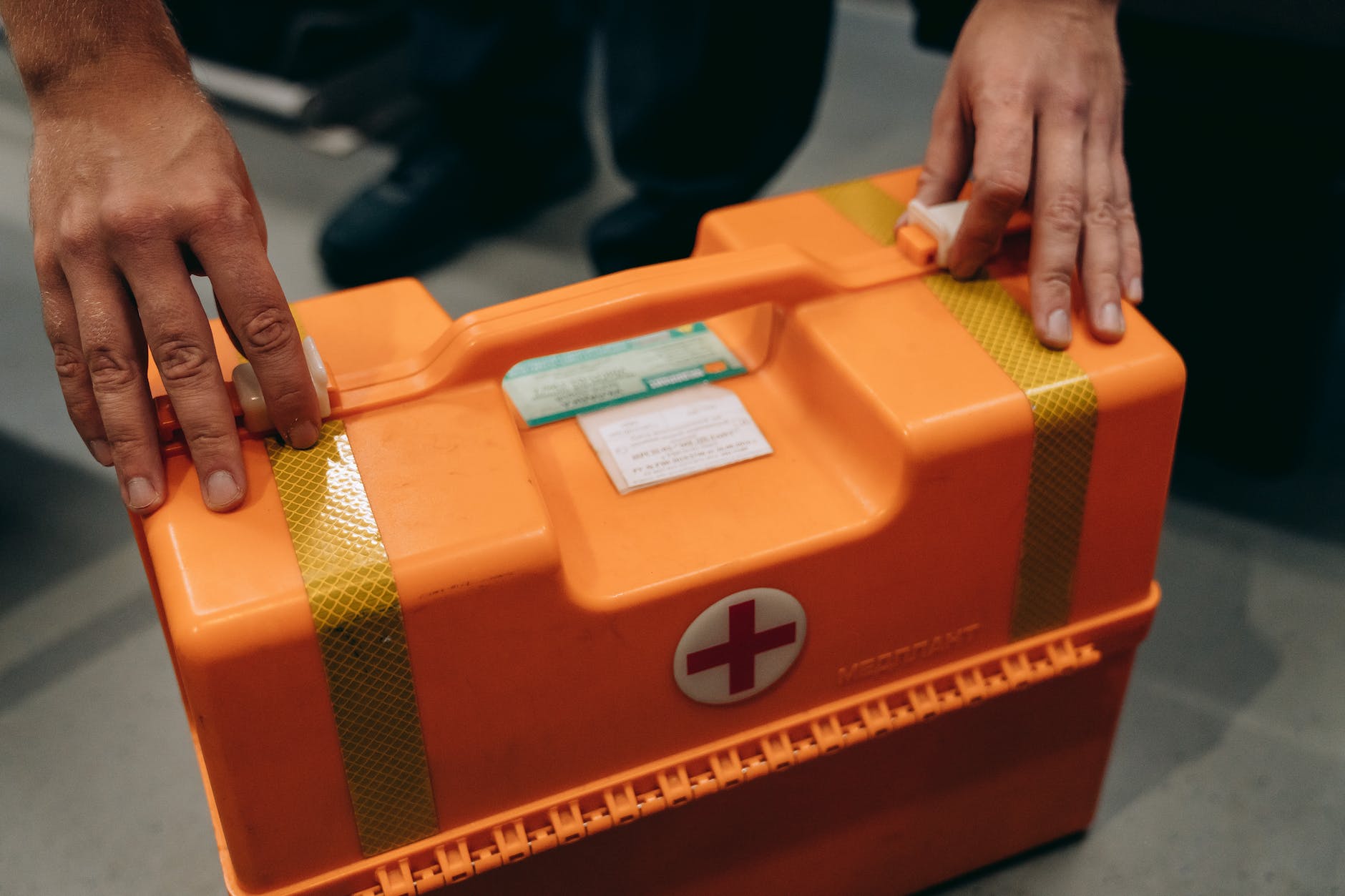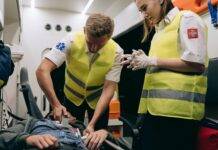
Safety Measures for First Aid
Safety Measures for First Aid : First aid is a crucial skill that everyone should possess, as it can make a significant difference in emergencies. Whether you’re at home, work, or in any public setting, having a basic understanding of first aid can potentially save lives. In this article, we will explore the essential safety measures of first aid that you should know.
Introduction
Accidents and medical emergencies can happen at any time. Being equipped with the right knowledge of first aid safety measures can empower you to respond effectively and swiftly.
Creating a Safe Environment
Before rushing to help, ensure your own safety. Assess the situation to identify potential dangers and take steps to eliminate them.
Common First Aid Scenarios
From minor cuts to more severe burns, being prepared for common injuries can help you provide timely assistance.
Safety Measures for Specific Injuries
Different injuries require different approaches. Knowing how to handle head injuries, fractures, and electric shocks is essential.
Administering First Aid
Learn life-saving techniques like CPR and the Heimlich maneuver. Applying pressure to wounds can minimize bleeding.
Preventing Infection
Proper wound care and the use of protective gear can prevent infections and complications.
Communicating with Professionals
When professional medical help arrives, accurate information about the situation is crucial.
First Aid Kit Essentials
Stocking a well-equipped first aid kit ensures you have the necessary supplies to handle emergencies.
Knowing When to Seek Professional Help
Recognizing the limits of first aid and understanding when advanced medical attention is necessary.
Training and Certification
Enroll in first aid courses to gain the skills and confidence needed to assist effectively.
Teaching Others
Spread awareness about first aid within your community and encourage others to learn these vital skills.
Being Calm Under Pressure
Staying composed during emergencies helps you make better decisions and take effective actions.
Children and First Aid
Tailor your approach when providing first aid to children and take steps to childproof your surroundings.
Conclusion
Incorporating first aid knowledge into your life is an investment in the safety of yourself and those around you. Quick and informed actions during emergencies can make a significant positive impact.
AED Usage: Saving Lives through Automated External Defibrillators
First Responder: The Unsung Heroes of Emergency Situations
Choking Relief: How to React Swiftly and Safely
Frequently Asked Questions
- Is first aid training only for medical professionals? First aid training is valuable for everyone, regardless of their profession. It equips you to provide immediate assistance until professional medical help arrives.
- Can I perform first aid if I’m alone with the injured person? Absolutely. Learning first aid enables you to confidently assist even when you’re the only one present.
- What should I do if someone is choking but can still breathe? If the person is coughing forcefully, encourage them to keep coughing. If the coughing becomes ineffective, intervene with back blows.
- Is it necessary to clean a wound before applying a bandage? Yes, cleaning the wound helps prevent infection. Use clean water and mild soap if available.
- How often should I renew my first aid certification? It’s recommended to renew your certification every two to three years to stay updated with the latest techniques.





















